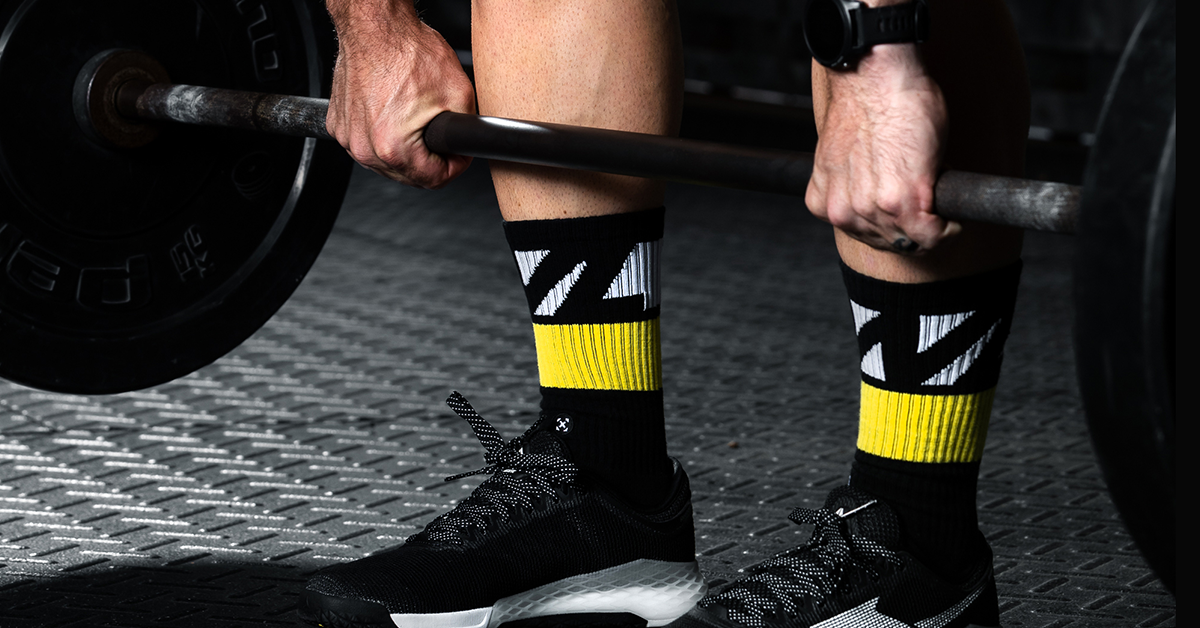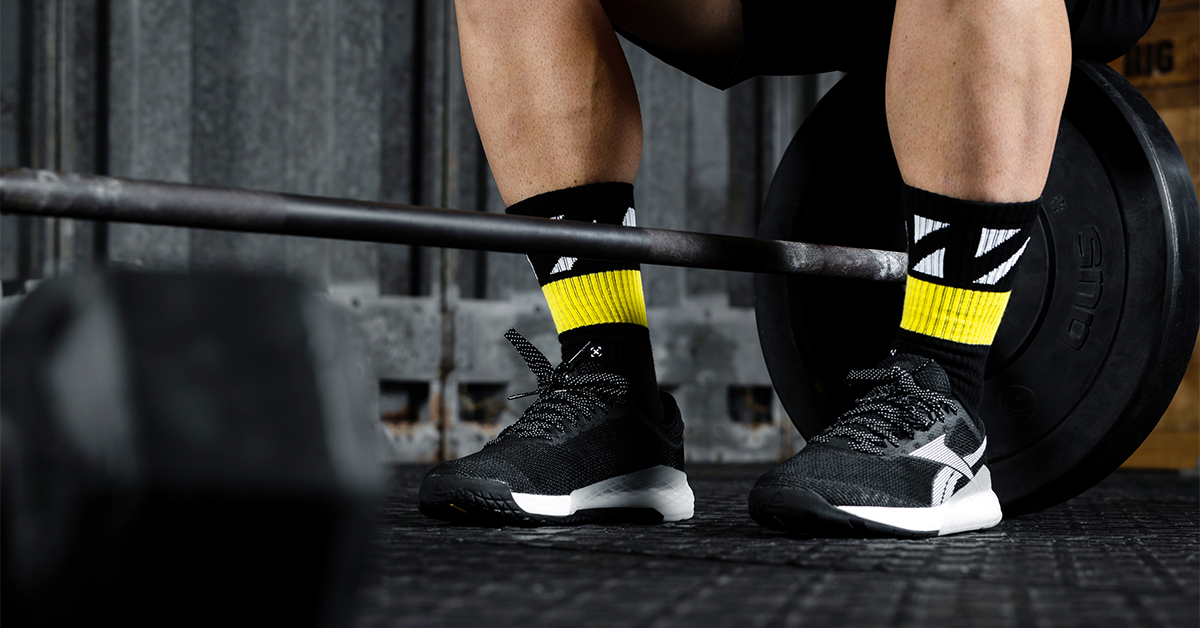There are a few debates in the fitness community that just won’t rest. One is that kipping is inherently damaging to your shoulders. Another is that squats are bad for your knees. And don’t even get us started on common nutrition myths. Yet another question that causes concern is around one of the most common movements you can find in a gym (and in life): deadlifts. Specifically, are deadlifts dangerous?
Let’s try to settle this once and for all.
Are Deadlifts Dangerous? Let’s Get to the Bottom of This
Let’s first make sure we’re on the same page here: Even if there’s no barbell, you do deadlifts every single day. Think about it. The deadlift is essentially picking something up off the ground and setting it back down again. When you pick up the dog’s water bowl to refill it and then return it to its spot? That’s a deadlift.
So, does that means there’s no risk in deadlifting a 100kg barbell?
To be very clear, just about everything has the potential to be dangerous if you do it incorrectly. That includes deadlifts, squats, and walking across the street without checking for cars first.
This is why, no, deadlifts are not inherently any more dangerous than anything else you’ll do in the gym. In fact, deadlifting offers a number of benefits and, according to research, can even be used to rehab people experiencing lower back pain.
That being said, there are reasons why coaches and athletes are hung up on certain deadlift risks.
View this post on Instagram
Why Athletes Worry About the Risks of Deadlifts
Are deadlifts bad for you? No. But there are a few specific factors to look at with this exercise in particular.
1. Deadlifts Allow You to Lift More Weight Than Most Other Exercises
Deadlifts are a compound movement. Your whole body is at work. Your legs, your posterior chain — they can lift a lot of weight. This is why you can load a barbell heavier for a deadlift than you could with something like, say, overhead presses.
This is also why when something goes wrong with a deadlift, it can go really wrong.
This is especially the case because with deadlifting, you can move a ton of weight even with poor form. (More on that in a minute.) So, athletes don’t always realize that even though they can pull 100kg off the ground, that doesn’t mean they should.
The fix: Gradually work your way up in weight. Don’t load 100kg just because you can. You will indeed hit a point where you’ll feel that you’re coming up on your limit. Stop adding weight before you hit that point. Remember, most of us aren’t Tia-Clair Toomey doing this:
View this post on Instagram
2. You Can Fully Execute a Deadlift Even With Poor Form
This is a big one. Are deadlifts bad for you? Yes, if you sacrifice your form for the sake of more reps or heavier weights.
Look at it like this. If you attempt a snatch and your form is terrible, there’s a very high likelihood that you won’t finish the lift. It’s too complex and too reliant on technique. The deadlift is not the case. Literally, you just need to pick the barbell up.
This is why it’s so easy to let your form go.
It’s not uncommon to find athletes deadlifting with rounded backs or hunched shoulders. (Ouch.) Or athletes letting their butts rise ahead of everything else. This is a recipe for injury.
You should only lift as heavy as you can — or for as many reps as you can — while maintaining the proper form and technique. Yes, it’s an easy lift, technically. But also, yes, technique still matters.
The fix: Either record yourself deadlifting from the side, or have a trusted fellow athlete or coach watch your form (or both!).
3. Weightlifting Belts Can Backfire
Weightlifting belts are a tool, not a crutch. Some athletes make the mistake of relying on them too much. For instance, instead of building up the necessary strength to safely execute a 100kg deadlift, they’ll simply throw on a belt and lean on that.
Don’t get us wrong: We love weightlifting belts — when used properly! But you should be able to do the majority of your lifting without a belt.
The fix: When you get to those last few grueling reps and feel like you need a little bit of support, that’s when you belt up. Otherwise, leave it in your gym bag.
4. Deadlifting Improperly Can Make Your Back Vulnerable in a Different Way
There’s a reason why we (and your coach) are so adamant about deadlifting with proper form. It’s because deadlifting with a rounded back can expose your spine to serious risks.
Note: Yes, there is such a thing as rounded-back deadlifts. No, this isn’t what we’re referring to. We’re referring to deadlifting with this form because you’re simply not yet strong enough to engage your back and core.
Engaging the muscles of your back helps to protect your spine during a deadlift. In a nutshell, without that engagement, the barbell is merely hanging from your body, leaving your spine exposed and vulnerable.
Now, imagine trying to lift 100kg like that. No good. This is why in extreme cases, deadlifts can lead to herniated discs. (Other lifts can also lead to this, to be clear.)
The fix: You should aim to execute every single rep with a straight, engaged back. When that starts to go, it’s time to take a break.
What it All Means
So, are deadlifts dangerous? They’re no more dangerous than anything else we do. The benefits far outweigh the deadlift risks, as long as you always prioritize the quality of your lift over the number of reps or the weight.
This is a really important time to park your ego and ask yourself, “What weight and how many reps can I safely execute while maintaining the proper form?” Build a strong and sturdy foundation, and you’ll be pulling more weight in no time. You got this!
















